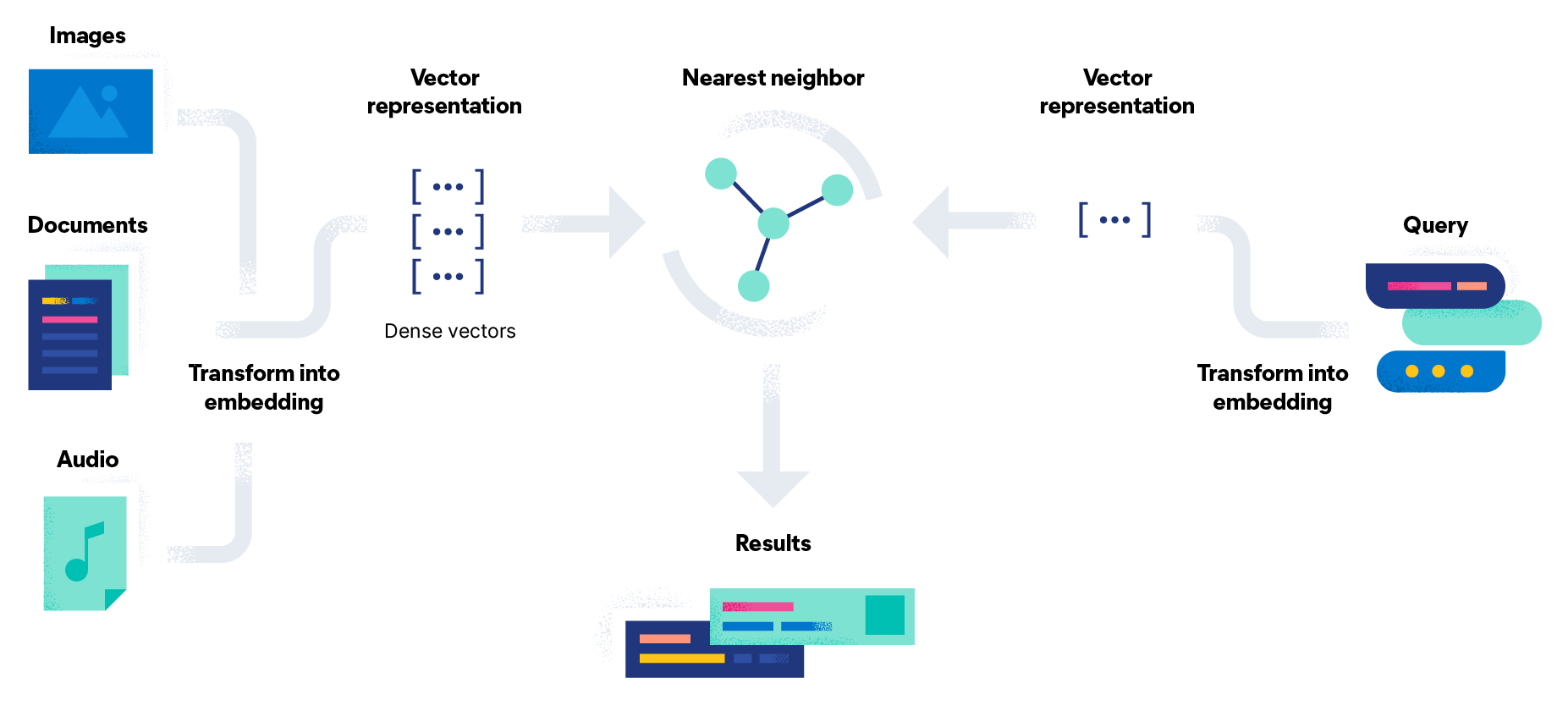Introduction
Artificial Intelligence (AI) has witnessed remarkable advancements in recent years, with various tech giants investing heavily in developing large language models (LLMs) to enhance natural language understanding and generation. This article delves into the technical details of Google’s Gemini, Meta’s Llama2, Amazon’s Olympus, Microsoft’s Orca 2, and Apple’s Ajax.
Google Gemini
Google’s Gemini, introduced by Demis Hassabis, CEO and Co-Founder of Google DeepMind, represents a significant leap in AI capabilities. Gemini is a multimodal AI model designed to seamlessly understand and operate across different types of information, including text, code, audio, image, and video.
Gemini is optimized for three different sizes:
- Gemini Ultra: The largest and most capable model for highly complex tasks.
- Gemini Pro: The best model for scaling across a wide range of tasks.
- Gemini Nano: The most efficient model for on-device tasks.
Gemini Ultra outperforms state-of-the-art results on various benchmarks, including massive multitask language understanding (MMLU) and multimodal benchmarks. With its native multimodality, Gemini excels in complex reasoning tasks, image understanding, and advanced coding across multiple programming languages.
The model is trained using Google’s AI-optimized infrastructure, including Tensor Processing Units (TPUs) v4 and v5e. The announcement also introduces Cloud TPU v5p, the most powerful TPU system to date, designed to accelerate the development of large-scale generative AI models.
Gemini reflects Google’s commitment to responsibility and safety, incorporating comprehensive safety evaluations, including bias and toxicity assessments. The model’s availability spans various Google products and platforms, with plans for further integration and expansion.
Meta Llama2
Meta’s Llama2 is an open-source large language model (LLM) designed as a response to models like GPT from OpenAI and Google’s AI models. Noteworthy for its open availability for research and commercial purposes, Llama2 is poised to make a significant impact in the AI space.
Functioning similarly to other LLMs like GPT-3 and PaLM 2, Llama2 uses a transformer architecture and employs techniques such as pretraining and fine-tuning. It is available in different sizes, with variations like Llama 2 7B Chat, Llama 2 13B Chat, and Llama 2 70B Chat, each optimized for specific use cases.
Read on →
 Figure: Overview of our approach. We combine a pre-trained retriever (Query Encoder + Document Index) with a pre-trained seq2seq model (Generator) and fine-tune end-to-end. For query \(x\), we use Maximum Inner Product Search (MIPS) to find the top-\(K\) documents \(z_i\). For the final prediction \(y\), we treat \(z\) as a latent variable and marginalize over seq2seq predictions given different documents. Source: arxiv.org
Figure: Overview of our approach. We combine a pre-trained retriever (Query Encoder + Document Index) with a pre-trained seq2seq model (Generator) and fine-tune end-to-end. For query \(x\), we use Maximum Inner Product Search (MIPS) to find the top-\(K\) documents \(z_i\). For the final prediction \(y\), we treat \(z\) as a latent variable and marginalize over seq2seq predictions given different documents. Source: arxiv.org Source: Elastic
Source: Elastic